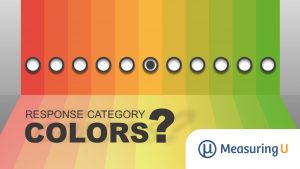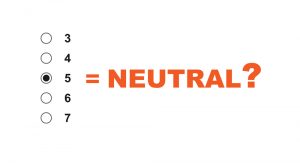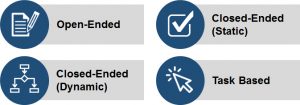
Very vs. Extremely Satisfied
Question wording in a survey can impact responses. That shouldn’t be much of a surprise. Ask a different question and you’ll get a different answer. But just how different the response ends up being depends on how a question has changed. Subtle differences can have big impacts; alternatively, large differences can have little impact. It’s








